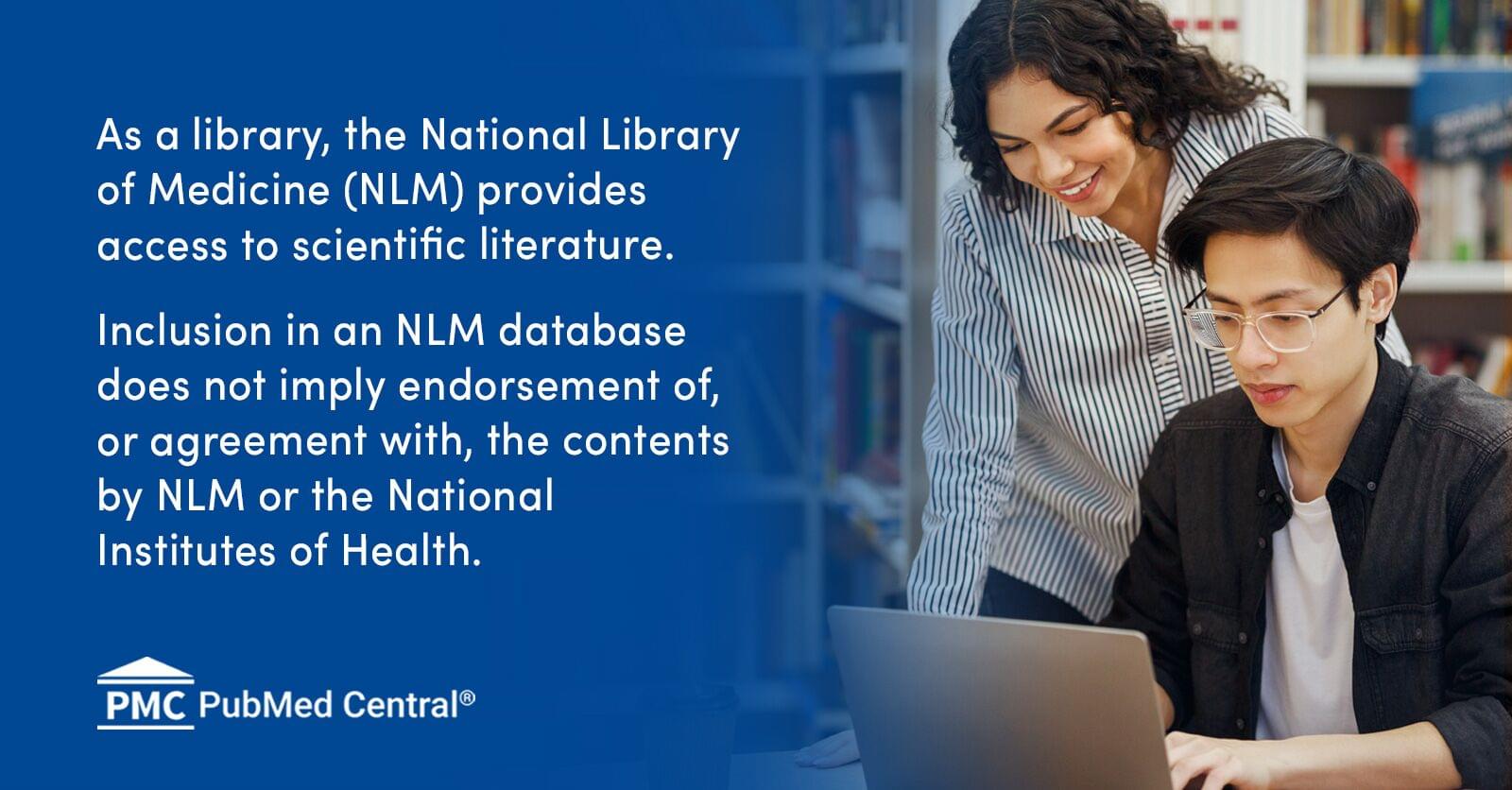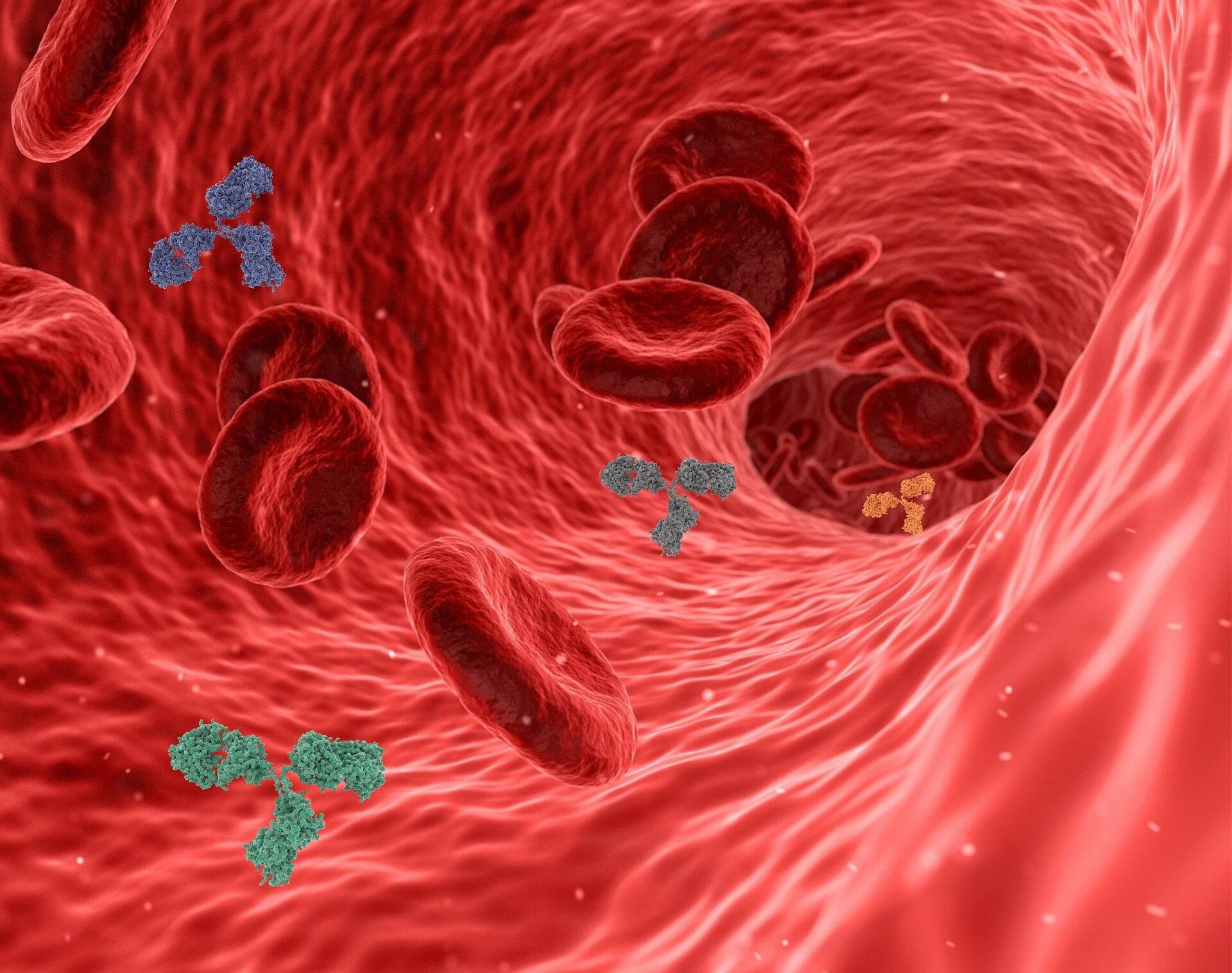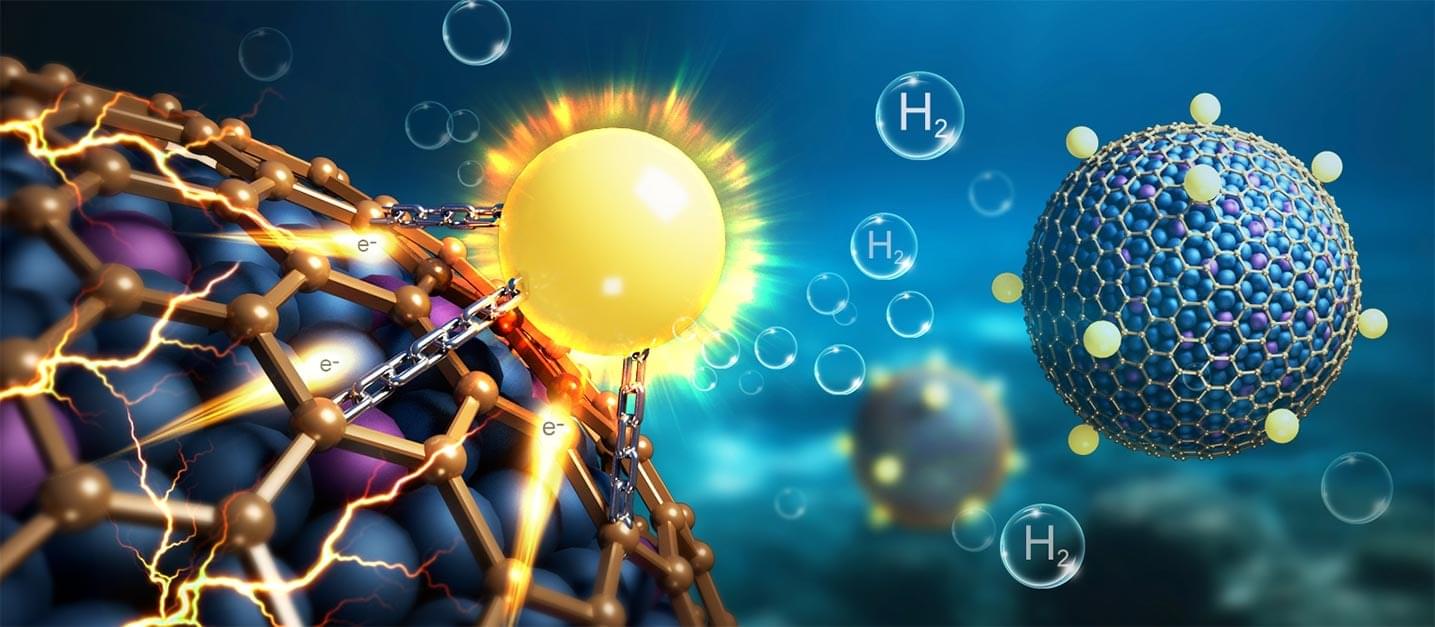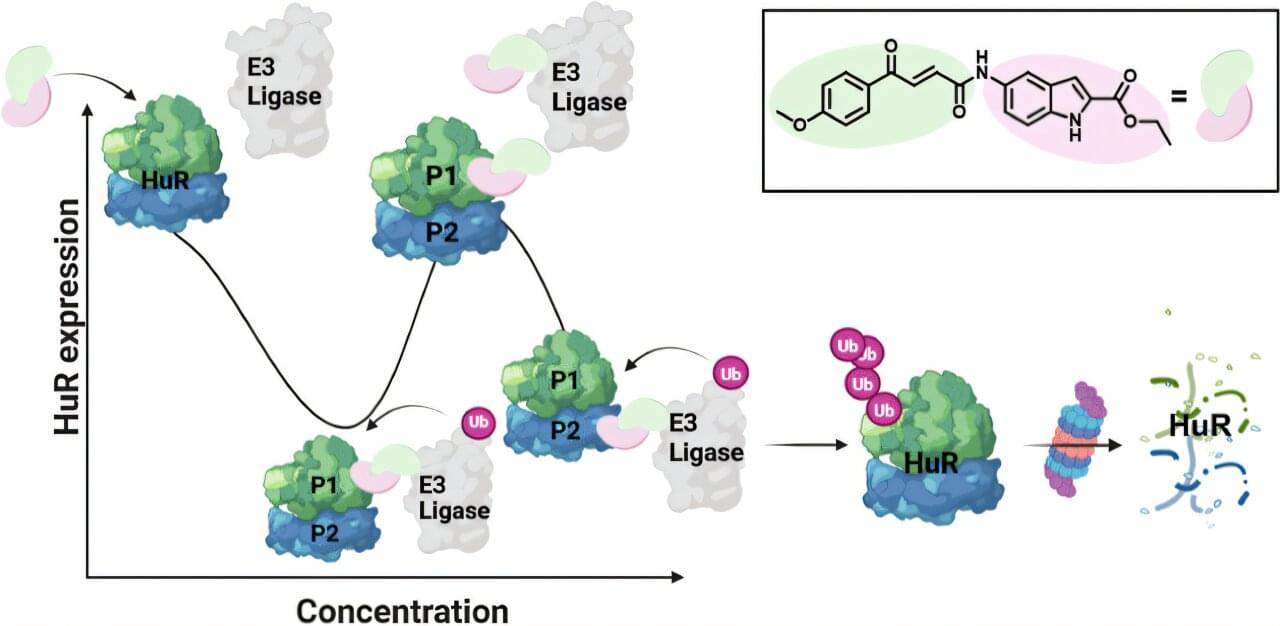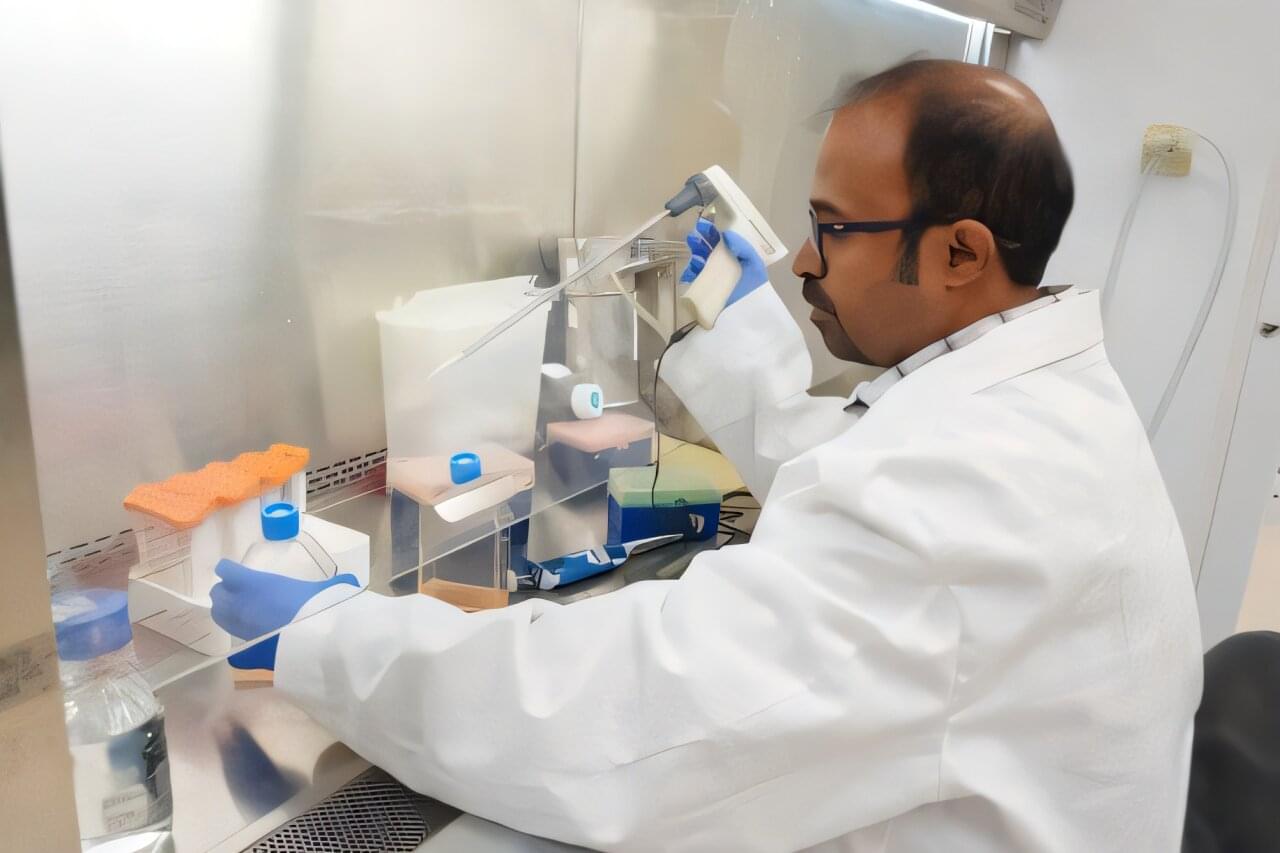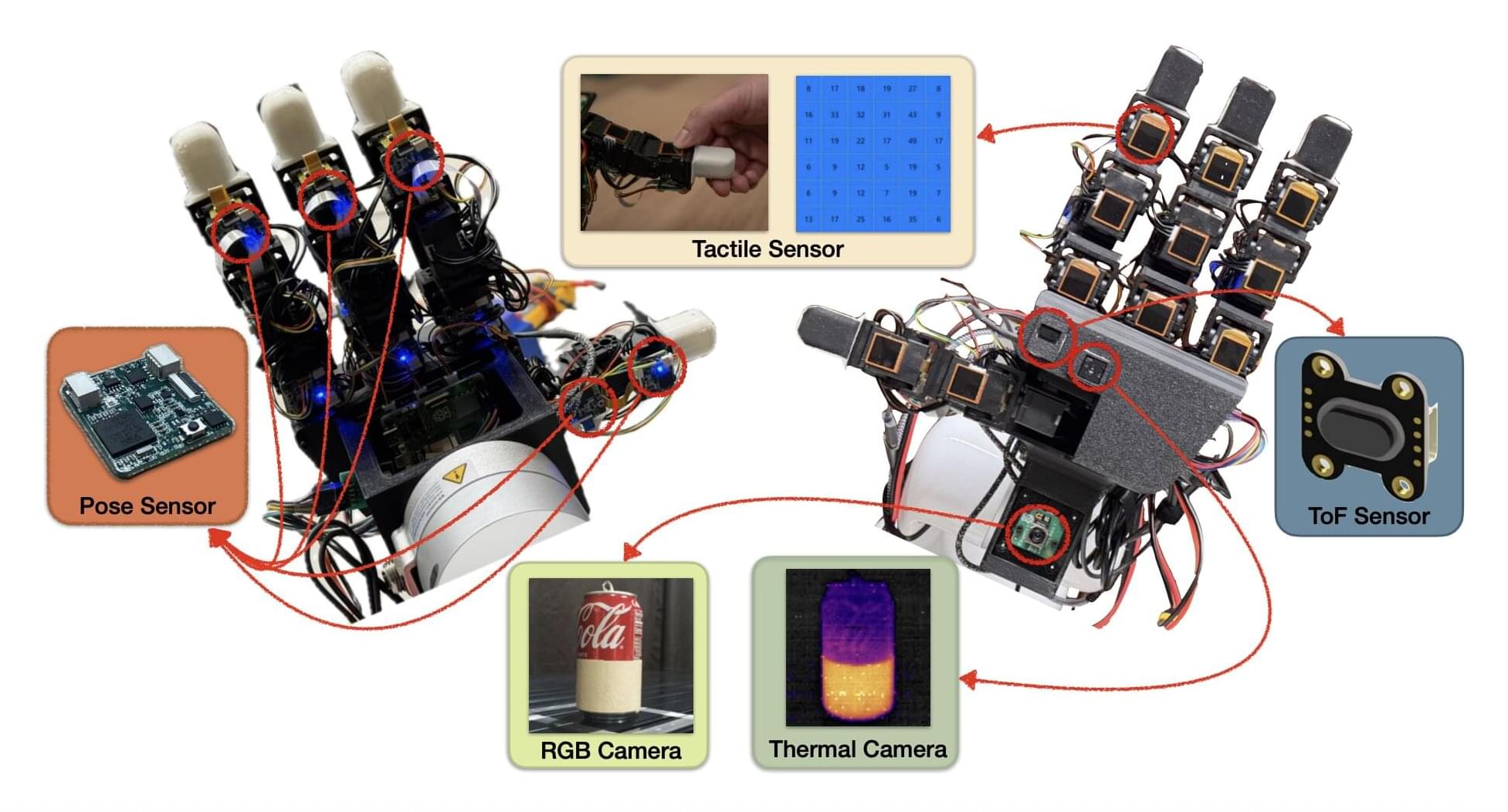There are currently over 750,000 patients with end-stage renal disease (ESRD) in the United States. Globally, 2.6 million patients receive renal replacement therapy with either dialysis or a kidney transplant, which is estimated to double in number by 2030. Kidney care was revolutionized by the invention of the dialysis machine in 1943 by Willem Kolff and the subsequent development of the arteriovenous fistula in 1960 by Belding Scribner. The first successful human kidney transplantation was performed in 1954 by Joseph Murray, teaming with John Merrill, and has since become the treatment of choice for patients with ESRD. Although there have been only incremental innovations since that time, recent exciting developments in kidney research have the potential to transform treatment beyond dialysis and transplantation. Here, we highlight five emerging approaches for ESRD.
(Circa 2022)
This work is licensed under the Creative Commons Attribution 4.0 International License. To view a copy of this license, visit http://creativecommons.org/licenses/by/4.0/.
